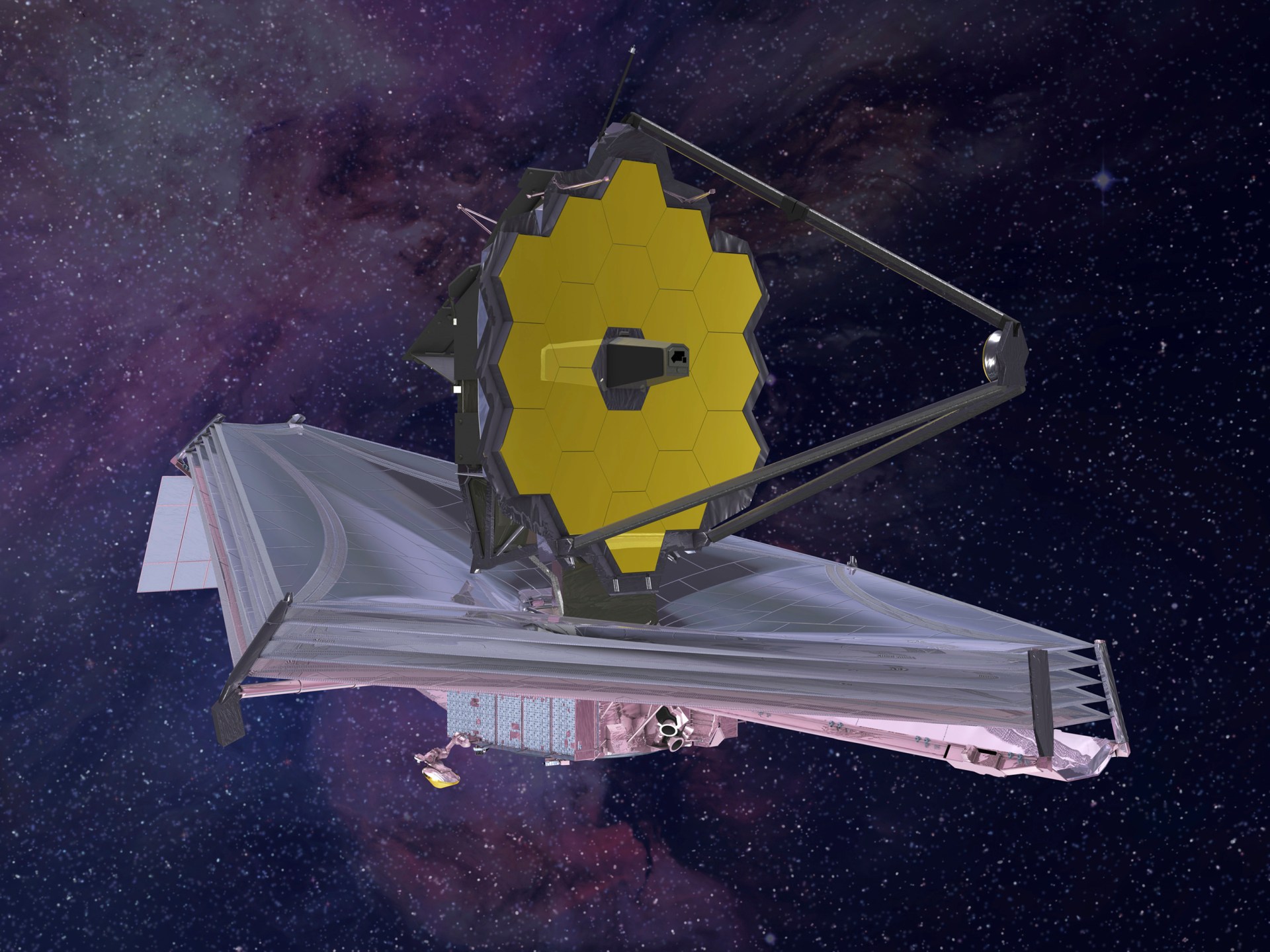
The new entities, nicknamed “JuMBOs,” are neither stars nor planets. Researchers say these organisms should not exist.
Scientists at the European Space Agency (ESA) used NASA’s James Webb Space Telescope to make a stunning discovery: free-floating objects the size of Jupiter, the largest planet in our solar system, in the Orion Nebula, the closest star-forming region. to ground.
This discovery turned our understanding of how stars and planets form upside down. Before then, scientists thought that nebulae, which generate stars inside huge clouds of gas and dust, were unable to spontaneously form planet-sized objects, but the new findings suggest otherwise.
Even more puzzling is the fact that the creatures are formed in pairs rather than individually.
“There is something wrong with our understanding of planetary formation, or star formation, or both,” Samuel Pearson, an ESA scientist who worked on the research, told the New York Times. “They shouldn’t be there.”
New space pictures!
NASA/ESA/CSA James #Web The space telescope has added detailed images of the Orion Nebula to our ESASky app.
Zoom into this area to see a rich variety of phenomena including protostars, brown dwarfs, and even floating planets! pic.twitter.com/In4FQk8hrX
— European Space Agency (@esa) October 2, 2023
The new entities have been called Jupiter Mass Binary Objects, or JuMBOs. They are not large enough to be stars, and because they do not orbit a star, JuMBOs are not technically planets.
“Most of us don’t have the time to engage in this debate about what is a planet and what is not a planet,” Professor Mark Macogrian, ESA’s chief advisor for science and exploration, told The Guardian. “It’s as if my car is a pet Chihuahua. But it’s not a Chihuahua. It’s a cat.”
According to a paper co-authored by McCaughrian that has not yet been peer-reviewed, JuMBOs are about 1 million years old, making them young compared to the rest of the universe. They have surface temperatures of about 1,000 °C (1,800 °F).
But unlike planets, which are eventually able to maintain constant temperatures thanks to the energy they receive from the stars they orbit, massive objects eventually cool quickly and freeze. It is also composed largely of gas, which means it is unlikely to be able to support life.
Scientists have multiple hypotheses about how JuMBOs arise. The first is that they form in regions of the nebula that are too sparse to form proper stars. The second is that they formed as planets that were supposed to orbit stars but were then “kicked out” for unknown reasons.
“The expulsion hypothesis is the preferred one at the moment,” Macogrian told the BBC. “We know that single planets can be ejected from star systems. But how do you eject pairs of these objects together? Right now, we don’t have an answer. It’s one for theorists.”
Other scientists described the phenomenon of pairs as unprecedented.
“My reactions ranged from ‘What?!?’ to ‘Are you sure?'” “This is very strange,” astronomer Heidi Hamel, who was not part of the research team, told the BBC. “How can binaries be thrown together?” “.
She said there are no current scientific models that predict pairs of planet-sized objects being ejected from the nebula, but added that there may not have been a telescope powerful enough to detect them before.
Scientists and astronomers have studied the Orion Nebula for years to observe the formation and early evolution of stars and other celestial bodies.
It is located 1,350 light-years from Earth and can be seen with the naked eye in the form of a blurry spot at the bottom of the constellation Orion. It is part of the “sword” of a legendary Greek hunter after whom the constellation is named.

“Web maven. Infuriatingly humble beer geek. Bacon fanatic. Typical creator. Music expert.”





More Stories
Scientists confirm that monkeys do not have time to write Shakespeare: ScienceAlert
SpaceX launches 23 Starlink satellites from Florida (video and photos)
A new 3D map reveals strange, glowing filaments surrounding the supernova